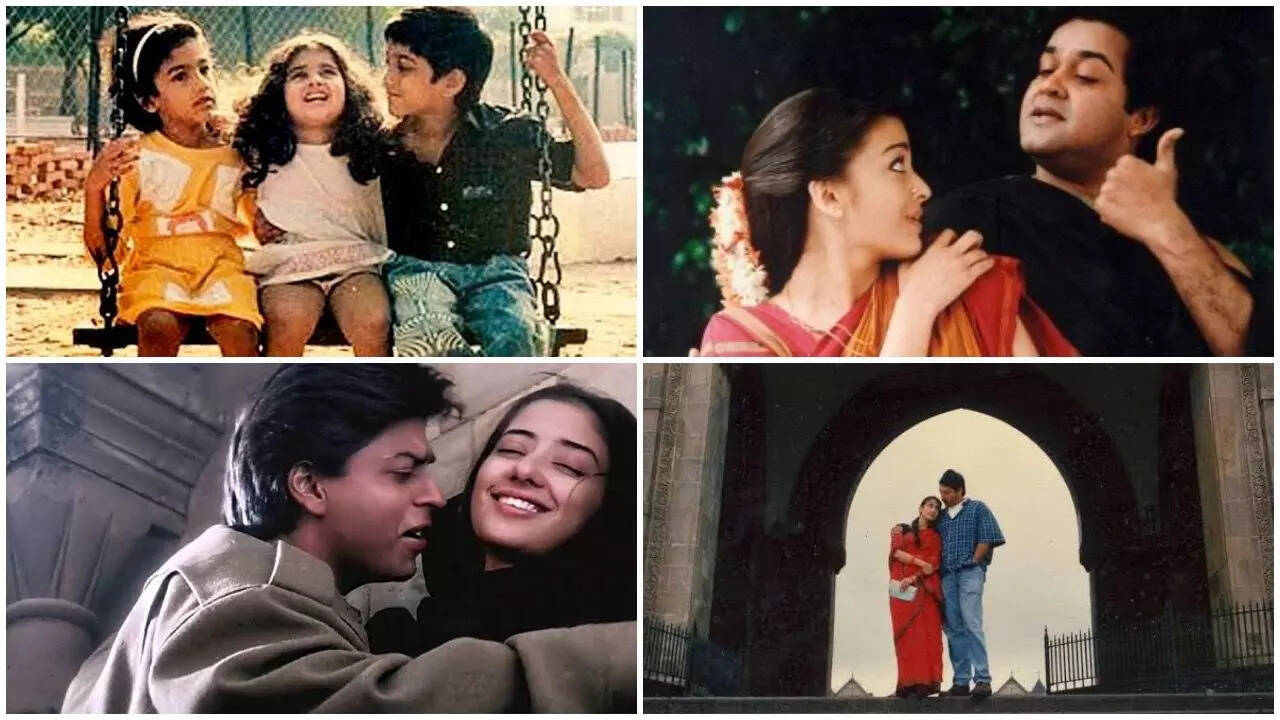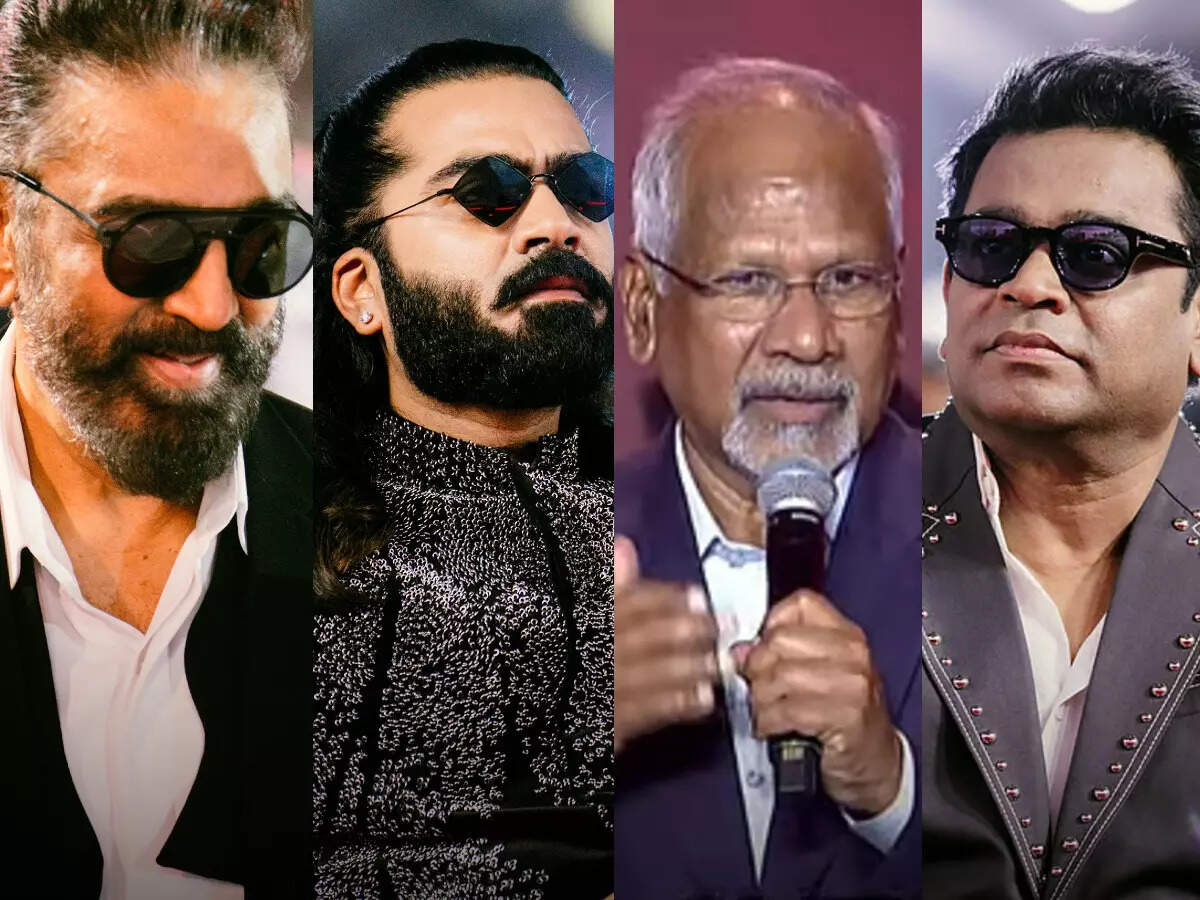'Thug Life' Movie: Criticism & Low Opening Day Performance

The much-anticipated collaboration between Kamal Haasan and Mani Ratnam, “Thug Life,” has met with a dismal reception at the box office and scathing reviews from critics and audiences alike. Despite significant pre-release hype surrounding the reunion of the “Nayakan” duo after 38 years, the film has failed to make an impact, signaling a major disappointment for all involved.
Commercially, “Thug Life” has severely underperformed. On its opening day in India, the film managed to collect a mere Rs 17 crore, a figure significantly lower than Kamal Haasan’s previous venture, “Indian 2,” which itself was considered a commercial failure despite an opening of Rs 25.6 crore. The underwhelming performance extended to its dubbed versions, with the Hindi and Telugu releases struggling to attract audiences and registering low occupancy rates. The Telugu version, distributed by Sudhakar Reddy of Sresht Movies, was particularly hard hit, earning an estimated Rs 1.75 crore, far below expectations and pointing towards heavy financial losses.
The critical consensus on “Thug Life” has been overwhelmingly negative. Reviewers and moviegoers alike have panned the film for its sluggish pacing, a predictable and unengaging narrative, and a significant lack of emotional depth. Many reports suggest that while the first half of the movie attempts to build some tension, the second half completely unravels, succumbing to clichéd tropes, excessively long monologues, and poorly developed characters.
Beyond its commercial and narrative failings, “Thug Life” has also drawn criticism for its thematic content, particularly the portrayal of the romantic relationship between a young character played by Trisha Krishnan and an older Kamal Haasan character. This has sparked comparisons to the controversial relationship dynamics seen in films by Sandeep Reddy Vanga, leading to discussions about whether acclaimed directors like Mani Ratnam should face similar scrutiny for potentially regressive undertones in their work. Some cinephiles argue that Mani Ratnam's filmography has often featured problematic male protagonists, citing “Kaatru Veliyidayi” as an example, although it's noted that film also faced its share of criticism upon release.
The disappointment surrounding “Thug Life” is particularly acute given the pedigree of its creators. The reunion of Kamal Haasan and Mani Ratnam, who delivered the seminal classic “Nayakan,” set high expectations. However, their 2025 outing has managed to squander not only these hopes but even the anticipation of a moderately decent film. A significant reason for this failure, as suggested by in-depth critiques, lies in its script by Haasan and Ratnam, which prioritizes abstract ideas over the tangible exploration of the film's world or its characters. The film seems more interested in presenting concepts rather than developing them through compelling storytelling.
The film's opening sequence, featuring Haasan’s character Sakthivel and his relationship with death, initially presents a fascinating kernel of a concept. This intrigue is further hinted at through a monochrome flashback sequence establishing the tragic connection between Sakthivel and a young Amar (later played by Silambarasan TR). There was potential here to delve into the futility of violence and the unexpected bonds forged in its crucible. However, this potential remains largely untapped. Instead of a nuanced exploration, “Thug Life” subverts audience expectations in the worst way possible, delivering one of the most predictable gangster plots imaginable, executed with a startling lack of depth. Scenes rarely have room to breathe, resulting in a muddled and emotionally distant experience.
Character development suffers significantly. Ideas surrounding Sakthivel's amorality or his complex relationships with his wife Jeeva (Abhirami) and mistress Indrani (Trisha) feel superficially inserted, perhaps as an attempt at navel-gazing or to portray women characters solely in service to the male-dominated gangster world. This approach directly counters the film's purported desire for profundity, instead wallowing in mediocrity and failing to allow any of its characters to truly bloom. Even in gangster films where templated narratives are common, execution is key. “Thug Life” falters here too, with Ratnam's direction feeling lazy as it moves hastily from one scene to the next, relying on the audience to infer character motivations from the template rather than showing them develop. Consequently, pivotal moments—Sakthivel's jealousy, Amar's manipulation, Sakthivel’s apparent death and subsequent return for revenge—feel like mere checkpoints in an outline, devoid of emotional drive.
Performances reflect these underlying issues. Kamal Haasan portrays a preening, manipulative Sakthivel, while Silambarasan TR offers an emotionally earnest yet intense performance as Amar. Nassar is noted as haughty yet insecure as Sakthivel's elder brother. A.R. Rahman’s musical score, usually a highlight in Ratnam’s films, is described as overwhelming and jarringly disjointed from the on-screen action, with shifts occurring too frequently. The action set pieces themselves are criticized for being choppy, over-reliant on digital enhancements like mocobot, and marred by excessive use of speed ramps.
Amidst the widespread disappointment, a few elements do manage to stand out, albeit faintly. A.R. Rahman’s standalone album and songs evoke a juxtaposition of the cavalier and the epic that the film itself fails to achieve. Some banter between Sakthivel and Amar, along with Haasan’s gruffly romantic lines towards his wife, elicit moments of comedy or fleeting emotion. However, the inclusion of a subplot involving Sakthivel's mistress and an Oedipal complex stemming from a love triangle between Sakthivel, Amar, and Indrani is questioned for its relevance and execution. An attempt to resolve this barely outlined triangle in a beach scene towards the film's end, aiming for an Altman-esque chaos of overlapping dialogues, comes across as clumsily staged and forced.
The film only finds moments of honest emotional catharsis towards its final forty-five minutes, primarily when it shifts focus to the emotional arc of Amar. However, the effectiveness of this catharsis is largely attributed to Aishwarya Lakshmi’s affecting performance rather than the rushed execution of these concluding scenes. As “Thug Life” ambles messily to its conclusion, audiences are left with a profound sense of emptiness and disappointment, stemming from the unfulfilled promise of this cinematic reunion. Ultimately, the film evokes not just sadness but a progression from anger to indifference—a reaction to a filmmaking collaboration that feels startlingly out of touch, not only with modern storytelling conventions but with the fundamental principles of storytelling itself. It becomes a cautionary tale of a film so enamored with depicting the vagaries of a template that it forgets to develop its core ideas until it's far too late, by which point the viewer is too disengaged to care.











